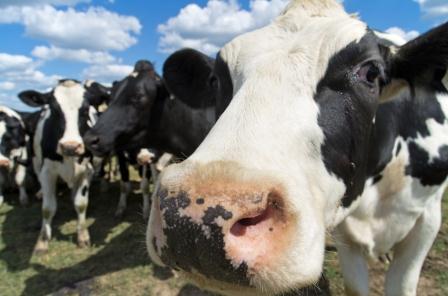AAC position regarding the determination of gluten in foods
The Codex Alimentarius Commission adopted in 1981 a Standard for foods, which have been specially prepared to meet the dietary needs of persons intolerant to gluten. This "Codex Standard for Gluten-Free Foods" (Codex Stan 118-1981) specifies that the total nitrogen content of food ingredients derived from gluten containing cereals may not exceed 0.05 g per 100 g on a dry basis (or 0.31 % protein/ds, Nx6.25), when they are used in a gluten-free food.
With the aim to redefine this limit value in terms of maximum gluten content in the final gluten-free food, a revision of the Codex Standard was started in 1993. No consensus has been reached however, due mainly to the lack of science based data on tolerance levels of gluten for coeliac people, and to the lack of a reliable method for determination of gluten.
Two types of commercial ELISA tests kits have been available and used for several years:
1) based on a monoclonal antibody raised against an omega-gliadin peptide from the Australian wheat variety Timgalen, originally developed by Skerrit. This method has been approved as standard by AOAC [1] .
2) based on a polyclonal antibody raised against a gliadin extract purified from a mixture of fifteen different German wheat varieties originally developed by Riedel de Haen.
As it could be expected, the reactivity of these two antibodies is different [2]. Furthermore, the protein preparations included in each kit as standards being also slightly different in composition, any direct quantitative comparison between the two methods is impossible.
Physical treatments like heating and hydrolysing can affect the determination of prolamins, which can lead to false estimation of gluten. The existing methods are not sensitive enough to determine trace amounts of gluten. Too high specificity makes it difficult to determine gluten levels in foods, when the results are varying depending on the cereal type and variety. Defining a reference gliadin standard, which would have the same composition of wheat varieties in the food, is also a major problem.
The Working Group on Prolamin Analysis and Toxicity has worked more than 15 years for developing a method to determine gluten in food. Méndez et al. have studied a monoclonal antibody, identified as R5. Sandwich ELISA test based on the R5 antibody has been recently proposed for gluten determination in foods. It is evaluated by Codex as a new reference method and it is already commercially available. The sandwich R5 ELISA has some limitations that still have to be solved, and this method is hardly applicable to wheat starch hydolysates and therefore should be considered with particular caution when applied to these ingredients or to food products containing them. A competitive R5 Elisa method, which is under development, aims to solve these problems. Furthermore, the performance of these methods is still not known since no validation of these methods, through an interlaboratory ring test established according to the available standardised protocol (ISO 5725), has been published or even carried out.
Due to the limitations, the starch industry is not in a position to recommend any specific method for determining gluten in foods and to guarantee a maximum gluten content of its products. The starch industry’s indication of gluten content in foods is therefore based on the determination of nitrogen content of the products, using total nitrogen determination (via Kjeldahl or equivalent method). As soon as a reliable validated method will be available, the starch industry will inform its customers accordingly.

